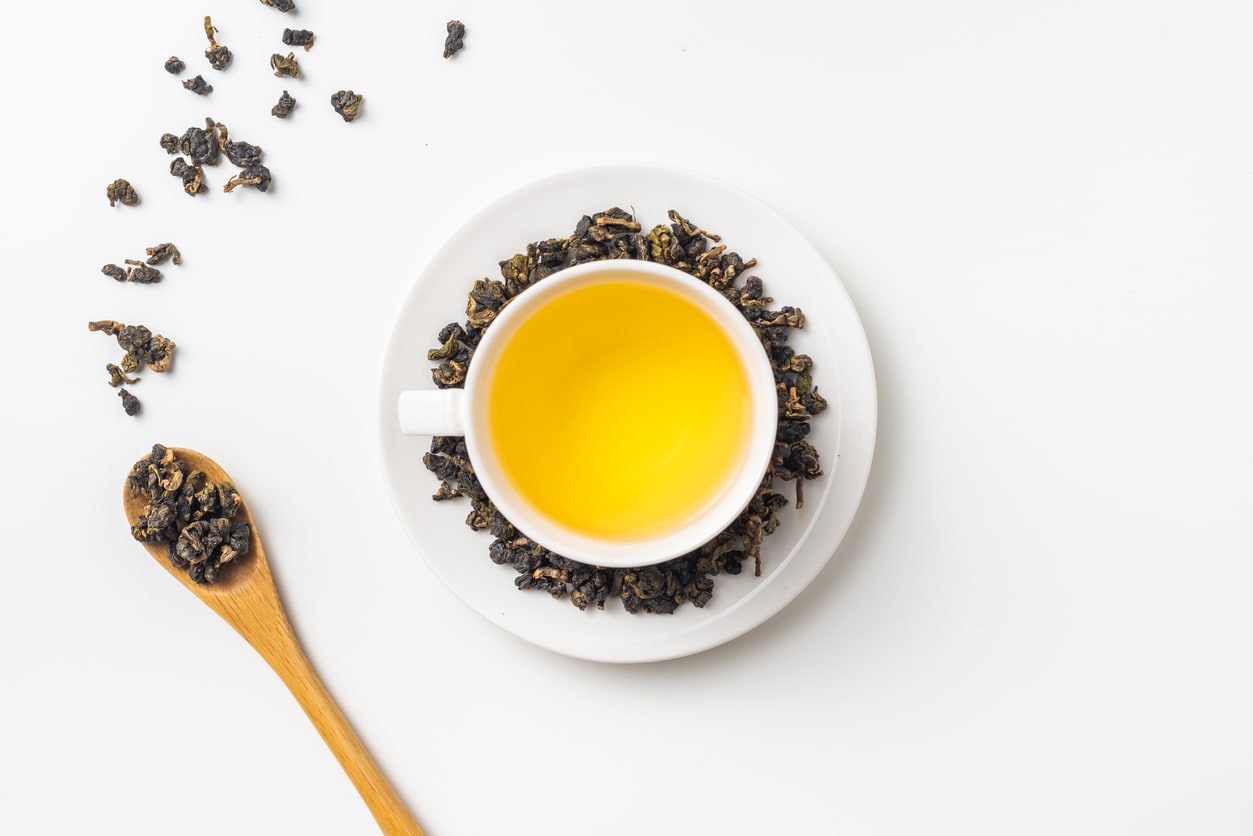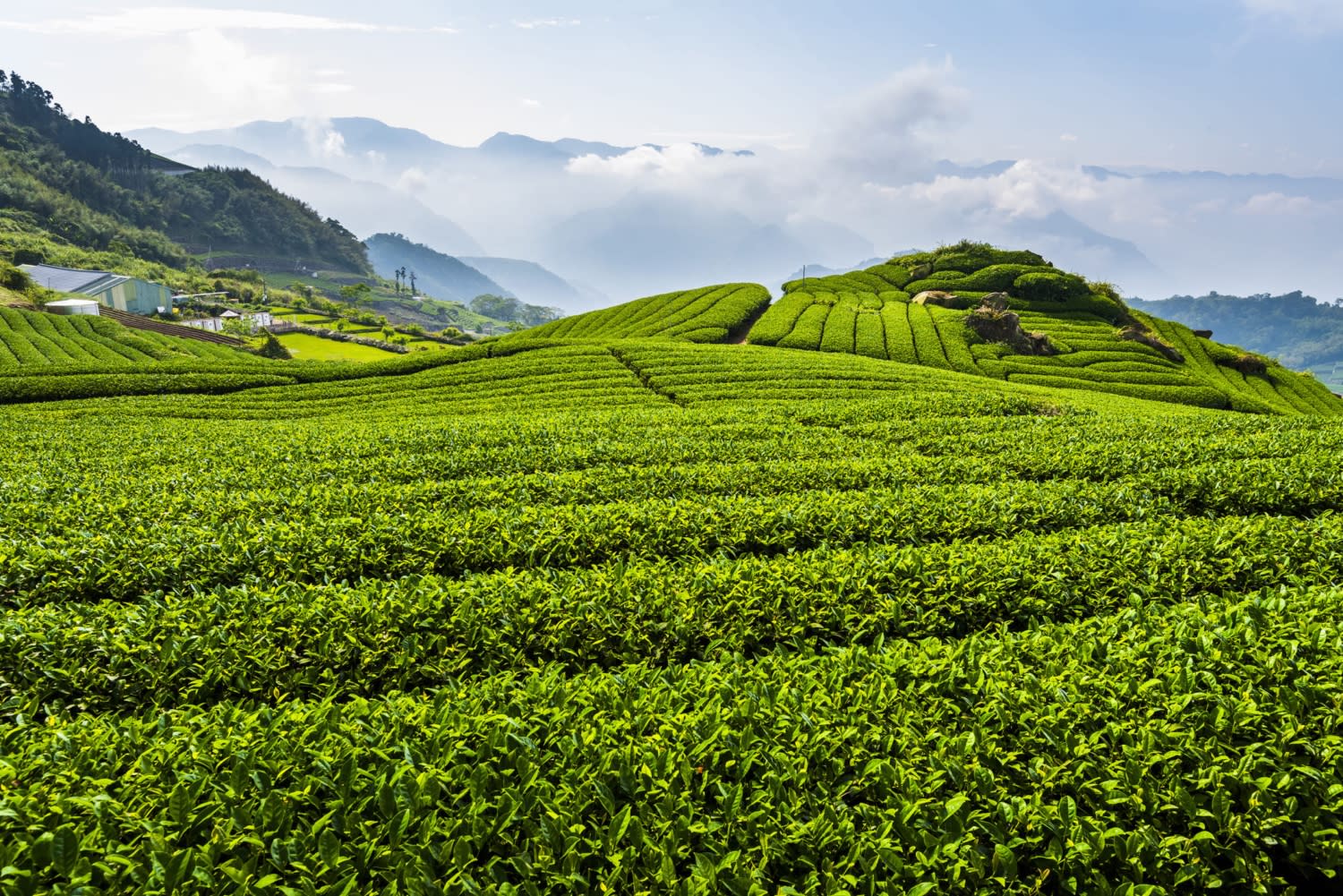Taiwan Oolong 101: A Beginner’s Guide to the Island’s Most Famous Tea

When people think of Taiwanese tea, the first name that comes to mind is usually oolong. As the island's most iconic tea, oolong sits proudly between green and black tea in terms of oxidation, offering a balanced taste that ranges from floral and creamy to deep and roasted. If you're new to oolong, don't worry—this guide is here to give you a head start on what makes Taiwanese oolong so beloved around the world.

Curious to experience it for yourself? For those who want to steep themselves in oolong culture while in Taiwan, our Tea Culture Day Tour offers an immersive experience—with guaranteed departures so you can plan with ease.
What is Oolong Tea?
Oolong tea is partially oxidized, which means it’s not quite green, not fully black. This semi-oxidation process gives oolong its complex flavor profile. Depending on how it’s processed, oolong can be light and floral or dark and toasty. Taiwan is home to some of the world’s most renowned oolongs, including High Mountain (Gao Shan) teas like Alishan, Lishan, and Dong Ding.
Why Taiwan is Known for Oolong
Taiwan's geography makes it a paradise for tea cultivation. The island's misty mountains, rich soil with abundant minerals, and dramatic temperature swings between day and night create the ideal conditions for growing premium tea. Over the decades, local tea farmers have refined their craft, resulting in teas with distinctive aromas and lingering aftertastes.

Popular Types of Taiwanese Oolong
-
Alishan Oolong: Grown at high altitudes, Alishan tea boasts a bright emerald hue, mellow mouthfeel, and a soft floral aroma that lingers. Its honey-green liquor is vibrant and can withstand multiple brews.
-
Dong Ding Oolong: Known for its deeper oxidation and medium roast, Dong Ding produces a smooth, aged flavor with amber-colored tea and a distinctive "glutinous rice" fragrance. Its low moisture and stable chemical composition make it ideal for aging.
-
Lishan Oolong: Cultivated in one of the highest tea-growing areas in Taiwan, Lishan tea leaves are thick and juicy with high pectin content. The resulting brew is soft and mellow with a naturally sweet and floral-fruity aroma, often attributed to the surrounding fruit orchards.
-
Oriental Beauty: Unique for its natural honey-like sweetness, thanks to leafhopper insects that bite the leaves during growth, causing a chemical reaction that enhances flavor. Currently it’s the most expensive type of tea in the market.
How to Choose Good Quality Oolong Tea
If you are unsure how to tell good tea from the rest, or what to expect when tasting. There is an old saying in Chinese that says nothing compares to the journey on your own feet. Visiting a tea farm is a great opportunity to deepen your understanding of tea, whether you are a new beginner or have been drinking tea for many years. On the tea tour, you will not only get to taste various good quality of tea with informative knowledge but also the chance to have a closer look at the meticulous process of making tea.

Where to Experience Oolong in Taiwan
Want to go beyond just sipping tea? Join our Tea Culture Day Tour, a guaranteed departure tour, to experience Taiwan's tea traditions firsthand. You'll visit tea plantations near Taipei, learn from local tea masters, and gain a deeper understanding of this treasured drink.
Whether you are a tea beginner or looking to refine your palate, Taiwanese oolong offers a rich and rewarding experience—one cup at a time.